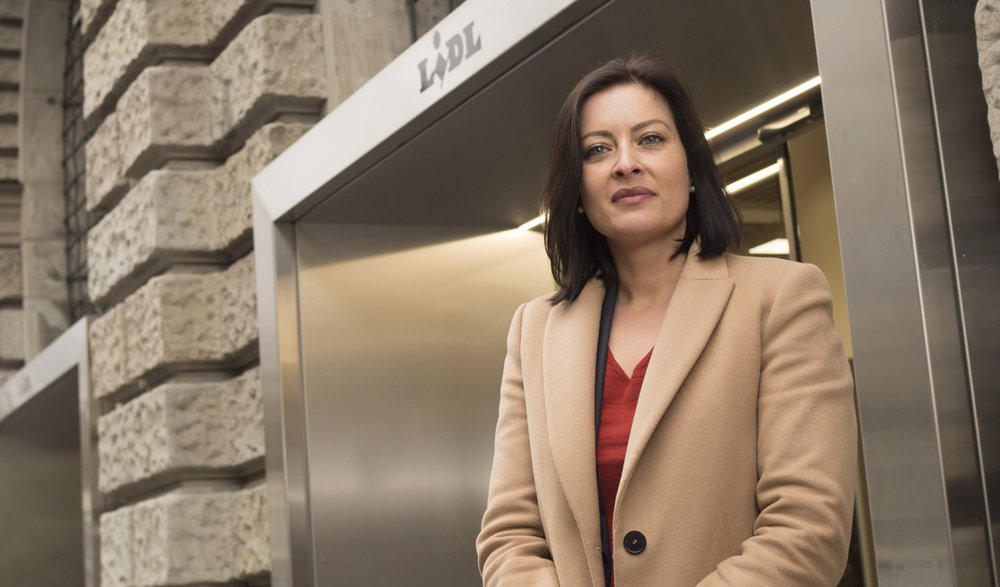Story Detail
Think tank with rail link
A small printing press lies abandoned in the enormous industrial warehouse; almost 200 years ago, the first edition of the Neue Zürcher Zeitung rolled off this press. Over the course of the years, many significantly larger-scale printing presses followed – the last being three massive rotary printing presses located in purpose-built halls that were constructed around them. Today, these halls stand vacant, the equipment long ago dismantled. Only that earliest printing press still remains here in the former NZZ printing centre in Schlieren.
And according to the site’s owner, Swiss Prime Site Immobilien, that’s how things will stay: the company wants to preserve this little bit of Switzerland’s history, awarding the original printing press a fitting place on the site following its redevelopment. The hall where, until recently, the high-performance printing presses were located seems vast in all dimensions, particularly in its current vacant state – but with the final building consent awarded in March 2018, construction work will soon be underway. «A centre for knowledge and exchange will emerge in Schlieren under the new name of JED – Join Explore Dare», declared Peter Lehmann, CEO of Swiss Prime Site Immobilien, in a recent interview.
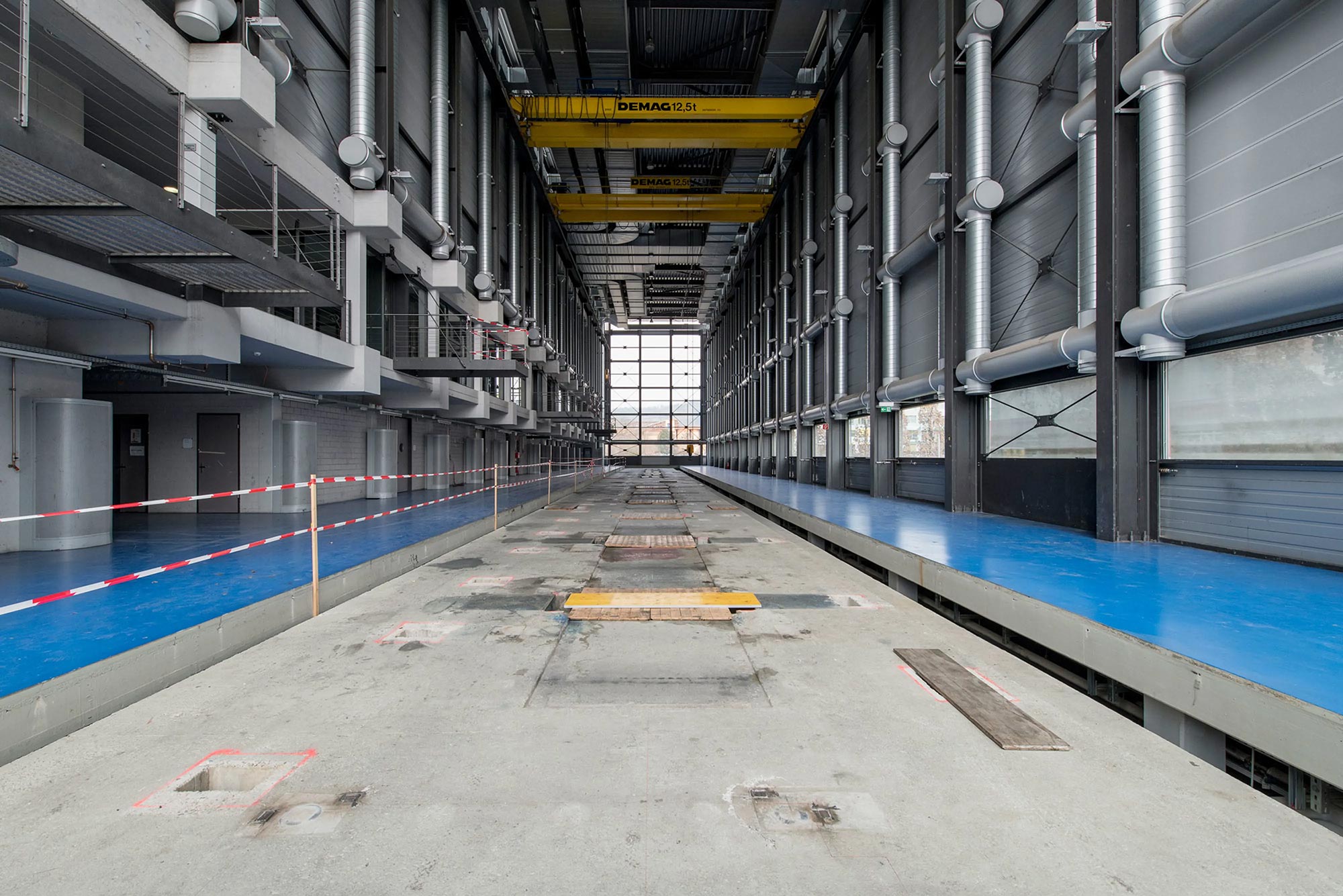
«In the hall we mentioned, just where the printing presses used to be located – that will become part of the new Zühlke office space», explained Britta Richli, Asset Manager at Swiss Prime Site Immobilien. Her client, technology group Zühlke, is a future tenant of the site: currently occupying two buildings next to the site, in 2020 the group will take over more than 8 500 square metres of rented floor space here. In preparation, the concrete foundation will be adapted for the subsequent construction of four floors of offices plus lifts, staircase and atrium. Additional commercial spaces, laboratories and a workshop are to be located right next door. At first glance, it might seem that the site could simply have been developed as an ordinary commercial property. But Swiss Prime Site Immobilien believes that such an idea hardly corresponds to long-term demand. The company realises that the Zurich economic area has a vital need of space and concepts that unite knowledge workers and Industry 4.0, featuring space for engineers and small, highly flexible workshops. Peter Lehmann and his colleagues have a detailed understanding of the advantages of this location. In the past, 2 000 km of paper a day used to be printed on this site. Today, the site lacks nothing. Railway connection? Available. Crane? Available! Not to mention fibre-optic cable, immediate access to highly skilled workers, universities – and, last but not least, the Zurich financial centre.
Why does the JED concept offer more than a traditional office building with adjacent manufacturing space? It’s about the mix. At 21 000 square metres, the site has sufficient length and breadth for an event hall to be constructed at the centre. During the interim period before construction, the site hosted ETH and EPFL’s popular «TOP 100» start-up event on two occasions. Hosting of such events will be stepped up as time goes on. Indeed, the responsible property developers at Swiss Prime Site Immobilien are convinced that expectations regarding the quality of the location, already high, will continue to grow. But the company’s corporate tenants are also posing it new challenges, making the same demands that the tenants’ employees make of them: i.e. flexibility, transport links, interesting tenant mix and an inspiring environment.
The project team is conscious of the situation and right from the outset is directing its focus systematically at the future market. Where companies used to engage advisors from various service areas, today evaluation is carried out directly. For instance, graduates at three hotel management colleges – in Lausanne, Lucerne and Berlin – were asked to create dissertations studying issues relating to the restaurant infrastructure and the proposed offer for 1 000 employees. It is this generation who are able to formulate long-term assessments regarding the attractiveness and, ultimately, the success of a concept. The project team is not yet ready to reveal the results of the studies: a certain leading edge can be advantageous in the real estate sector too!
Significant plans are also pending for the event hall, which is to host curated events for the knowledge sector – conferences, symposiums, the occasional cultural event. And if ever the event hall should be vacant, three or four badminton courts can be swiftly set up there, and will doubtless attract a few players from among over 1 000 people on-site. From an economic perspective, this kind of thing might not seem worthwhile, but it constitutes one of many small site advantages that JED will be able to offer and thus create a particularly attractive package.
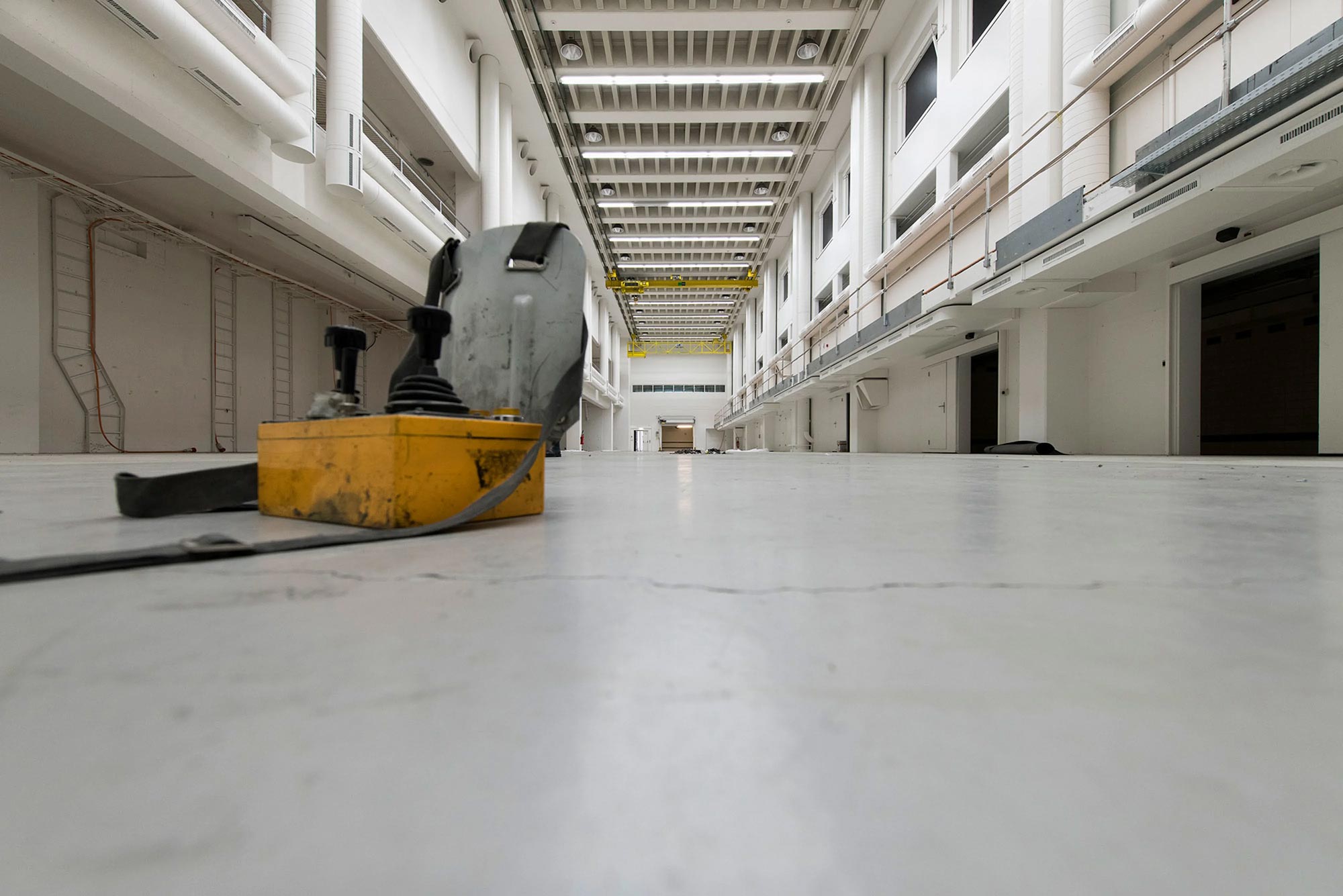
Demolition is currently in progress in the other hall; here, an ETH spin-off built drones for a few months – the area has a ceiling height of more than ten metres, making it ideal for the purpose. But what will the hall be used for next? The answer is still up in the air. There are ongoing discussions regarding making a sports centre the final choice – there is ample space to accommodate a climbing wall and five or six squash courts. A medtech company is another possibility... in fact, there are a long list of interested parties. Negotiations are already in the advanced stages regarding an area of roughly 7 000 square metres. «We have leased 8 500 square metres and are in negotiations regarding another 7 000 – and that’s before we’ve even started on marketing activities», comments Britta Richli. Whether the 21 000 square metres will be sufficient is not an issue. One third of the site is still in reserve, and discussions are already underway for a new building project using an additional 15 000 square metres.
We can truly say that the modern knowledge society and Industry 4.0 are being concretely developed here in Schlieren.

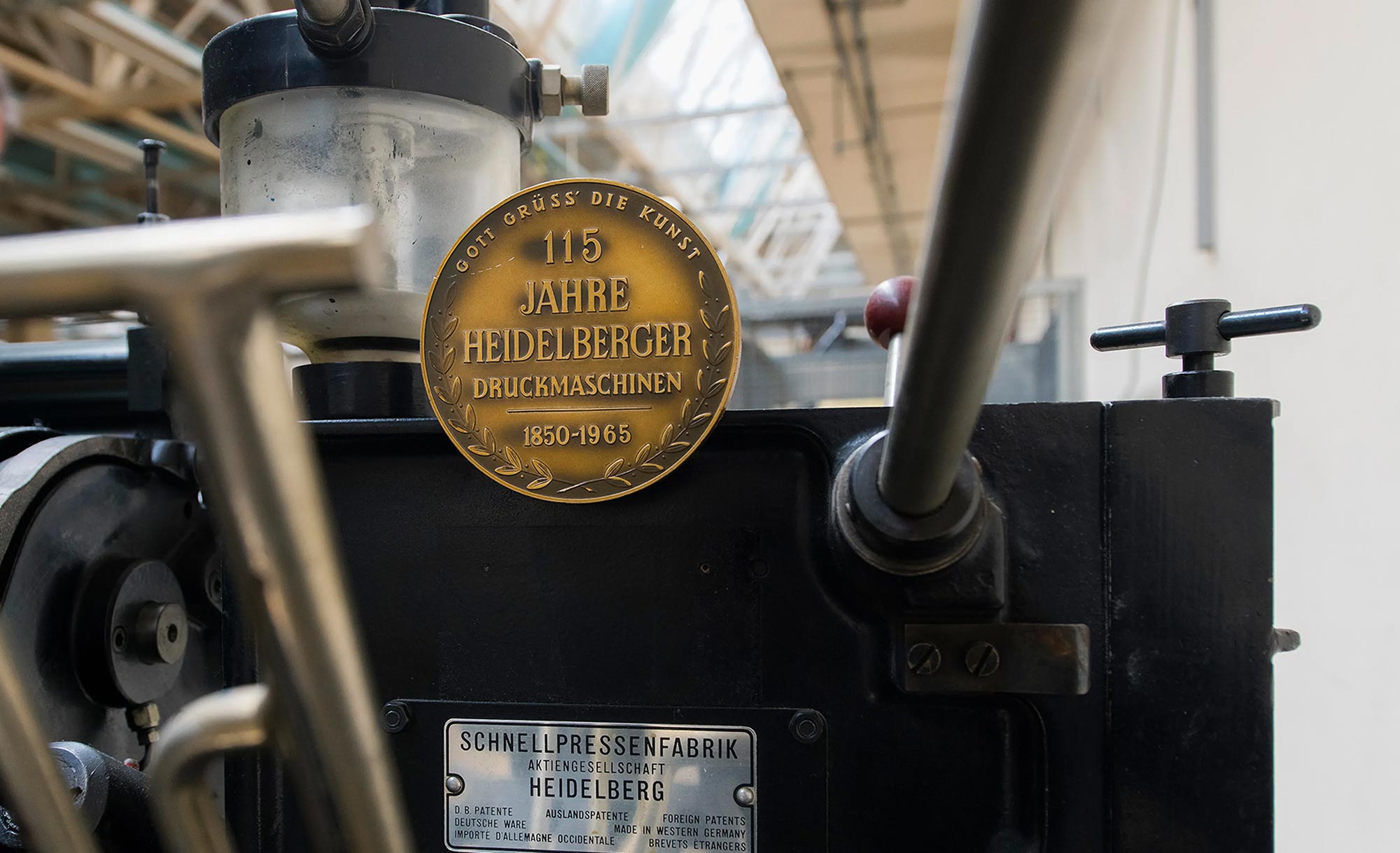
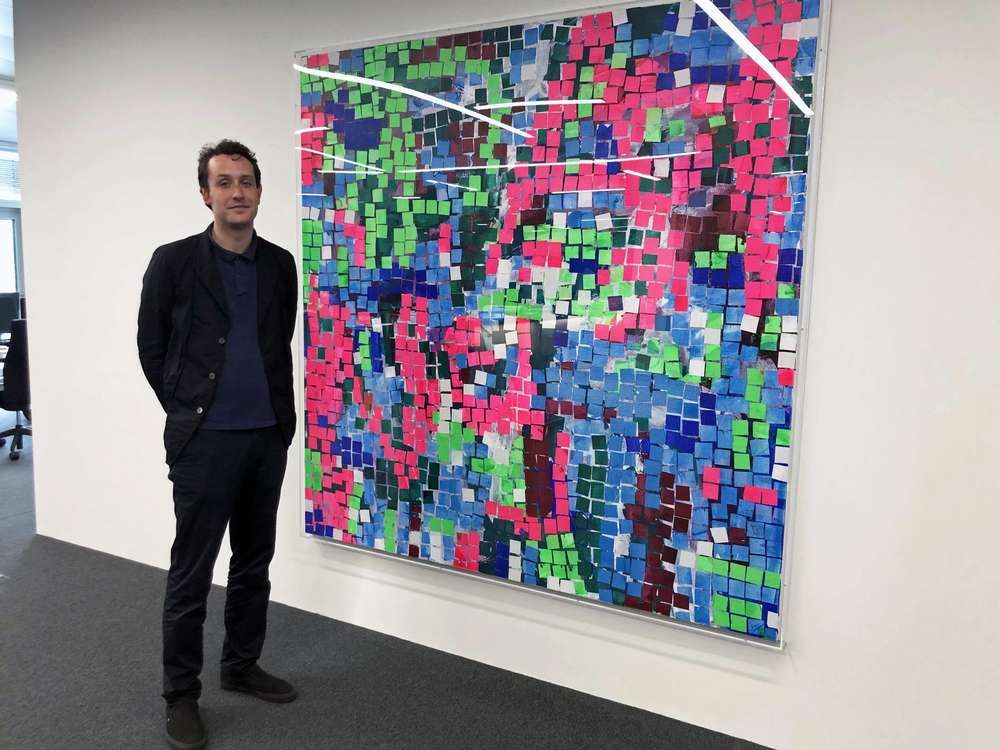
![[Translate to Englisch:] [Translate to Englisch:]](/fileadmin/_processed_/8/e/csm_Header_5b1e7973a7.jpg)
